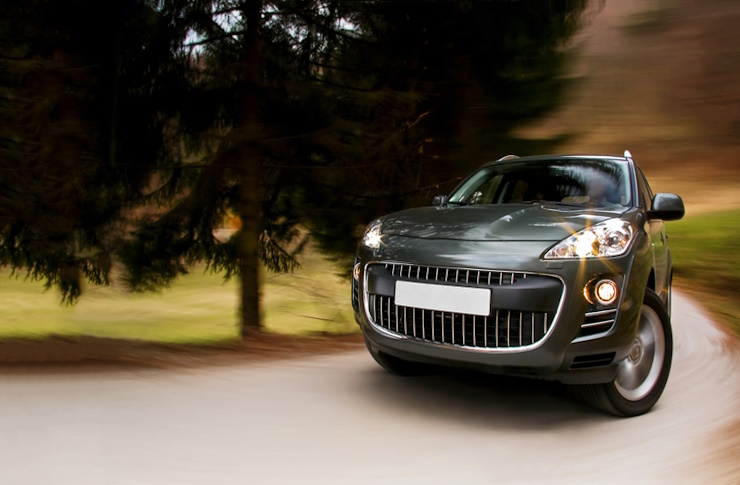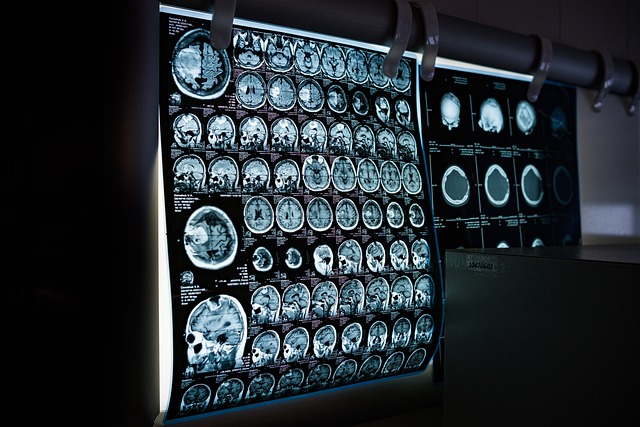Dazzling Dynamics of Differential Gear Systems: Today's Automotive Savvy
A perplexing wheel-spin at a sharp corner or a thrilling race-track escapade— differential gears are the unsung heroes behind this vehicle dynamism. With a legacy tracing back to the horse-drawn carriages, these engineering marvels continue to redefine modern-day driving experience.

A Dance of Gears: The Origin and Evolution of Differential Systems
The principle of differential gears originated in the mechanics of horse-drawn wagons. It was the knee-jerk mechanism to protect the wagon wheels from damage during sharp turns when the outer wheel needs to cover more distance than the inside one. This principle was later adapted for automobiles by manufacturers seeking to enhance handling characteristics and fuel efficiency.
Early automotive differentials were rudimentary, featuring simple open designs that transferred equal torque to each wheel. Advancements in the 20th century led to the development of limited-slip and locking differentials, improving traction and stability.
The Art of Driving in Harmony: Understanding Wheel Dynamics
At the core of a differential system is a dynamic balancing act, distributing engine torque across wheels during turns. This intricate wheel coordination saves energy, smoothens the ride, and reduces tire wear—fundamental aspects shaping the performance, comfort, and running costs of any vehicle.
The differential’s compelling functionality is an epitome of the beauty of physics, turning the abstract concepts of torque and angular velocity into a tangible experience every time you slide behind the wheel.
Current Trends: Rethinking Differentials for Modern Vehicles
The automotive world has seen remarkable transformations of the differential. From electronic differentials to torque vectoring systems, the diversified capabilities of modern differentials now cater to the most challenging terrains and dynamic performances.
Torque vectoring differentials, a notch above rest, offer finest control by allocating power individually to each wheel, promoting superior handling while negotiating aggressive turns and slippery roads.
Potential Impact: Transforming Driving Dynamics and Efficiency
Harnessing the power of differential systems can enhance not only driving dynamics but also fuel consumption and CO2 emissions. The calculated energy distribution reduces strain on the engine, increasing fuel efficiency.
However, complexities involved in the design, integration, and tuning of advanced differentials (especially those utilizing electronic control systems) remain as challenges to be overcome.
Final Lap: A Crucial Cog in the Wheel of Progress
The differential system, despite being a ubiquitous element under the hood of every car, is often under-appreciated. Greater advancements and applications of differential technology envisage a revved-up future where every drive is an experience that inspires and exhilarates.
In conclusion, differential systems underline the incredible journey the automotive world has traversed from horse-drawn wagons to cutting-edge vehicular performance. A continuing testament to the impact of sound mechanical principles in shaping our driving experiences, differential technology retains its pivotal position in the world of vehicles.




